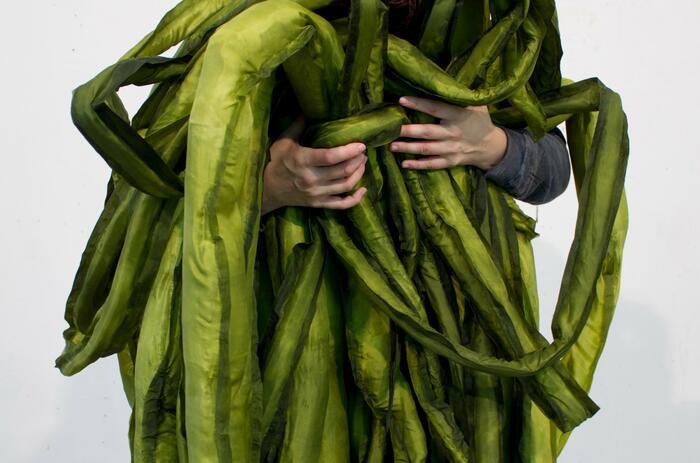FLOR DE MAYO: MATERIAL AND TRANSOCEANIC POETRY
La Casa Encendida of Montemadrid Foundation inaugurates Flor de Mayo (Flower of May), a dialogical exhibition between the artists David Horvitz (Los Ángeles, 1982) and Javier Cruz (Madrid, 1985). The exhibition is presented as part of the cycle Un rastro involuntario, curated by This is Jackapole (an organisation directed by Cristina Anglada and Gema Melgar).

Flor de Mayo is conceived as a transoceanic poetic conversation. On January 5 the artists met on the coast of the Pacific Ocean —Horvitz in California, USA, and Cruz in Concón, Chile— to use the sea as a medium. The artists simultaneously recorded the sound of the water, making the poetic gesture a questioning of the spatial-temporal dimension and the conception of our existence in the world.
The exhibition also deals with themes such as the migratory flows, both of peoples and of plant communities or animal species throughout history and today. In this sense, the oceanic conversation that has taken place makes even more sense. Similarly, the name of the project: Flor de Mayo (Flower of May) is due to "a fragrance that floods into the space".
On the other hand, a dialogue is also established through objects brought in and created by the artists. In the case of David Horvitz, the objects propose to generate a rupture in the temporal conventions that govern our way of understanding existence; in this movement, the North American artist introduces into the space clocks with altered synchronisations (replacing, for example, the duration of a minute with that of a breath or that of seconds with that of heartbeats). In line with this modification of temporal perception, Cruz presents his piece Atardecer químico in Madrid. The work is an experiment with nitrates exposed to slowly decomposing temperatures with the aim of developing a representation, a metaphor for sunsets in the Spanish capital.
Flor de mayo, in short, is a poetic proposal to set aside the spatial-temporal conventions that order our world daily. Objects that become symbols for the composition of a poem that allows us to contemplate reality from a hidden edge.





